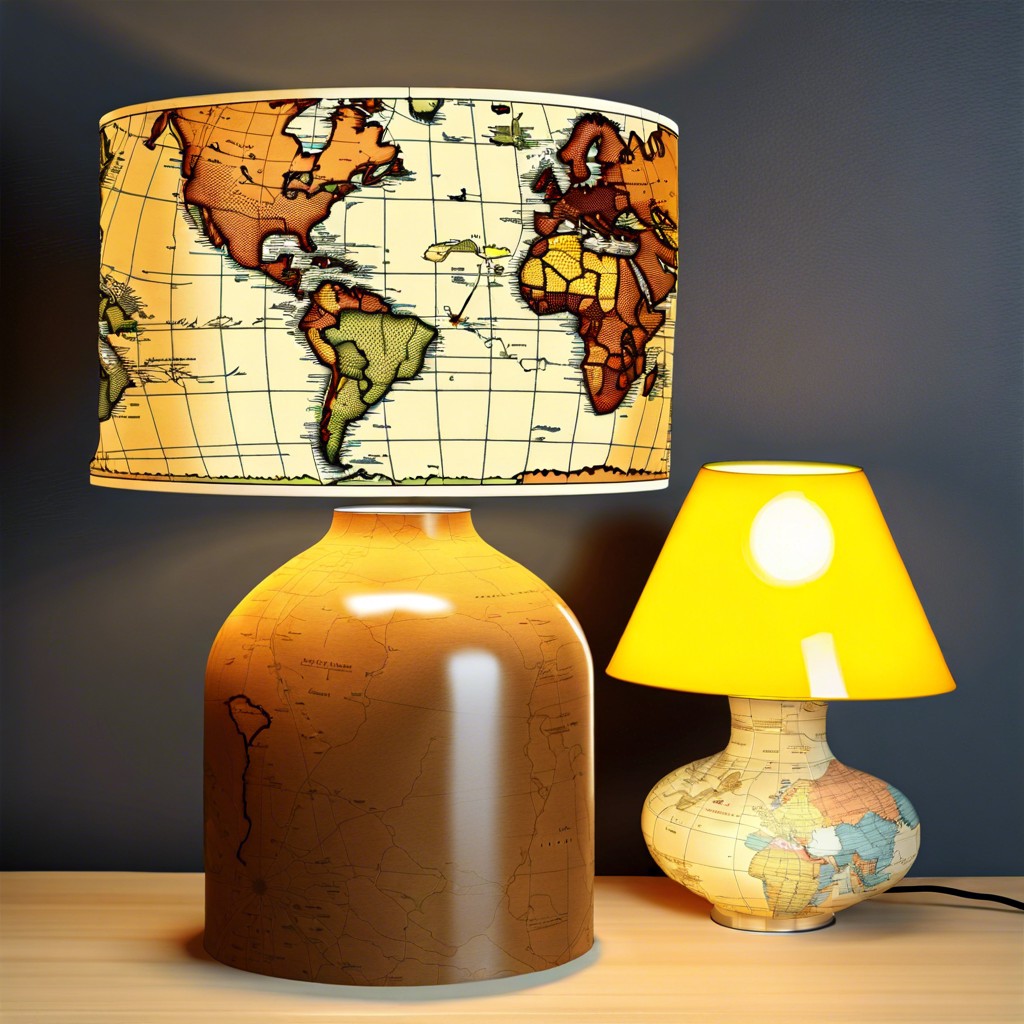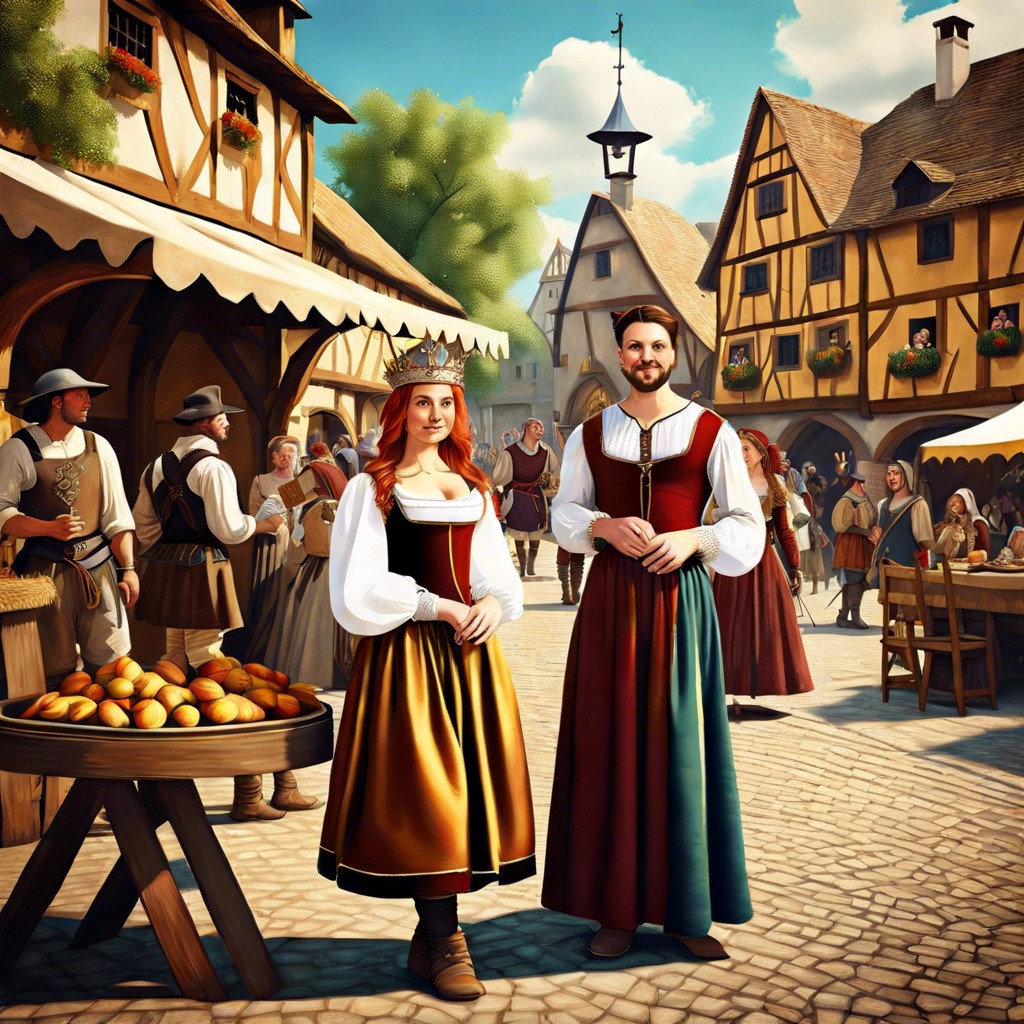Last updated on
Learn how to choose and invest in the right vintage movie posters for your collection.
Key takeaways:
- Vintage movie posters provide a glimpse into the past
- The evolution of poster artistry reflects societal shifts
- Distinguishing between original and reproduction is crucial
- Rarity, artist, and film popularity determine a poster’s value
- Iconic posters like Casablanca and Star Wars hold historical significance
Historical Significance of Vintage Movie Posters

Vintage movie posters are time capsules, echoing the societal values and artistic norms of their era. They offer a retrospective glimpse into the past, from the silent film epoch to the golden age of Hollywood, reflecting cultural trends and historical events that have shaped the film industry. These pieces of history often serve as the visual lexicon for generations, encoding the fashion, technology, and graphic design of the time.
Collectors and historians value vintage movie posters for their role in film promotion and the unique way they encapsulate the essence of a movie in a single image. Before the digital age, these posters were the main visual advertisement for a film, often displayed in theaters and public spaces. Studying them provides insight into marketing strategies before modern technologies rewrote the playbook.
Furthermore, the historical significance is amplified when considering the limited runs of these posters. Once a film’s theatrical run ended, posters were typically discarded or recycled, rendering surviving examples rare and valuable windows into the film industry’s yesteryears. Each found poster is akin to retrieving a piece of lost art.
The Evolution of Poster Artistry Over the Decades
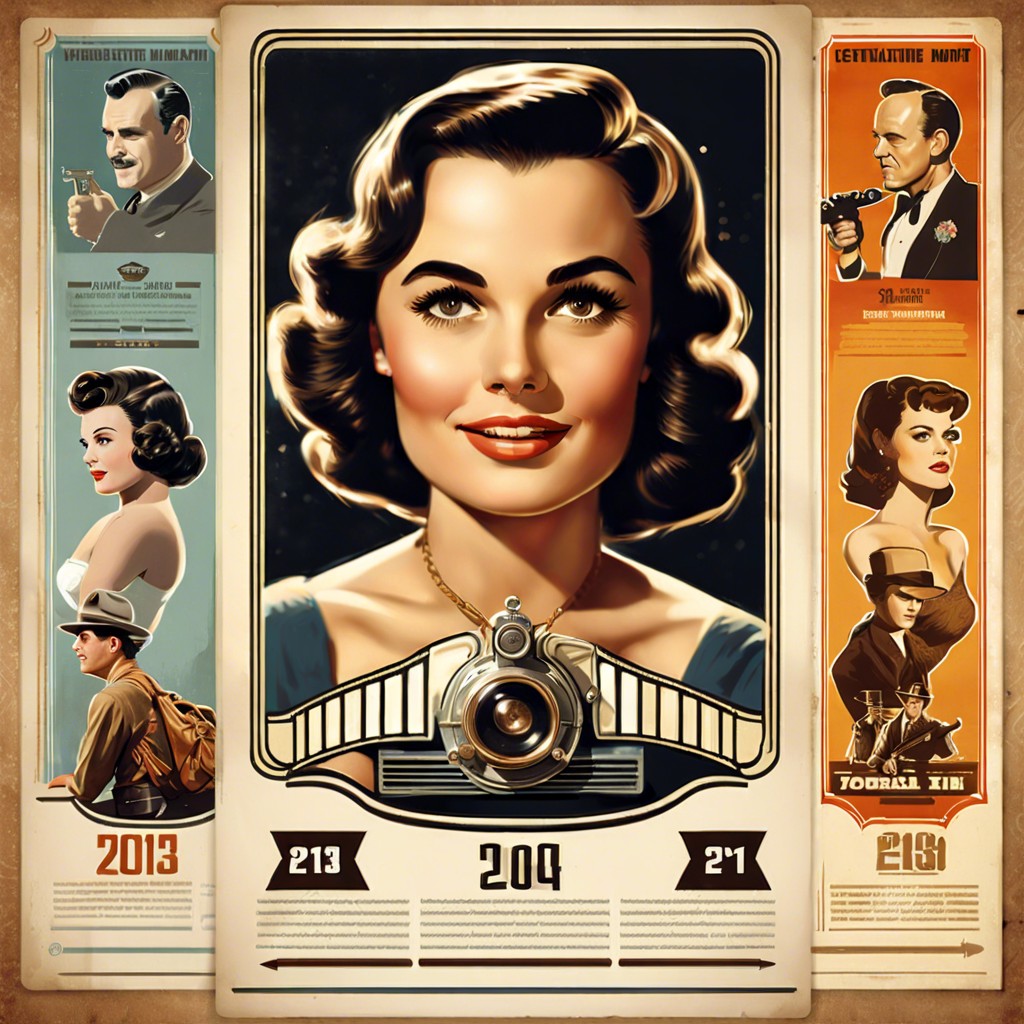
From the bold Art Nouveau flourishes of the early 20th century to the minimalist designs of the new millennium, the visual journey of movie posters mirrors societal shifts and technological progressions. During the 1920s, the lavish illustrations of film starlets and heroic figures drew audiences with their glamour and promise of escapism. By the 1940s, the influence of wartime austerity showed in more straightforward, text-heavy designs.
The 1950s and 1960s saw a burst of creativity with the Mid-century Modern aesthetic. Bright colors and abstract forms invited moviegoers to imagine the spectacles awaiting them. This period also marked the rise of notable poster artists, whose singular styles became as recognizable as the films they promoted.
In the 1970s and 1980s, posters reflected the audacity of cinema with bolder, larger-than-life graphics, aligning with the blockbuster mentality of the era. Photography started to predominate, setting aside traditional hand-painted imagery. Meanwhile, the ’90s ushered in digital artistry, significantly altering production techniques and aesthetic outcomes.
Today, vintage posters are celebrated for their handcrafted nuances, often revived for limited edition re-releases or as inspiration for contemporary works. Although styles have evolved, these venerable visuals remain testaments to the enduring allure of the silver screen.
Defining Authenticity: Original Vs. Reproduction
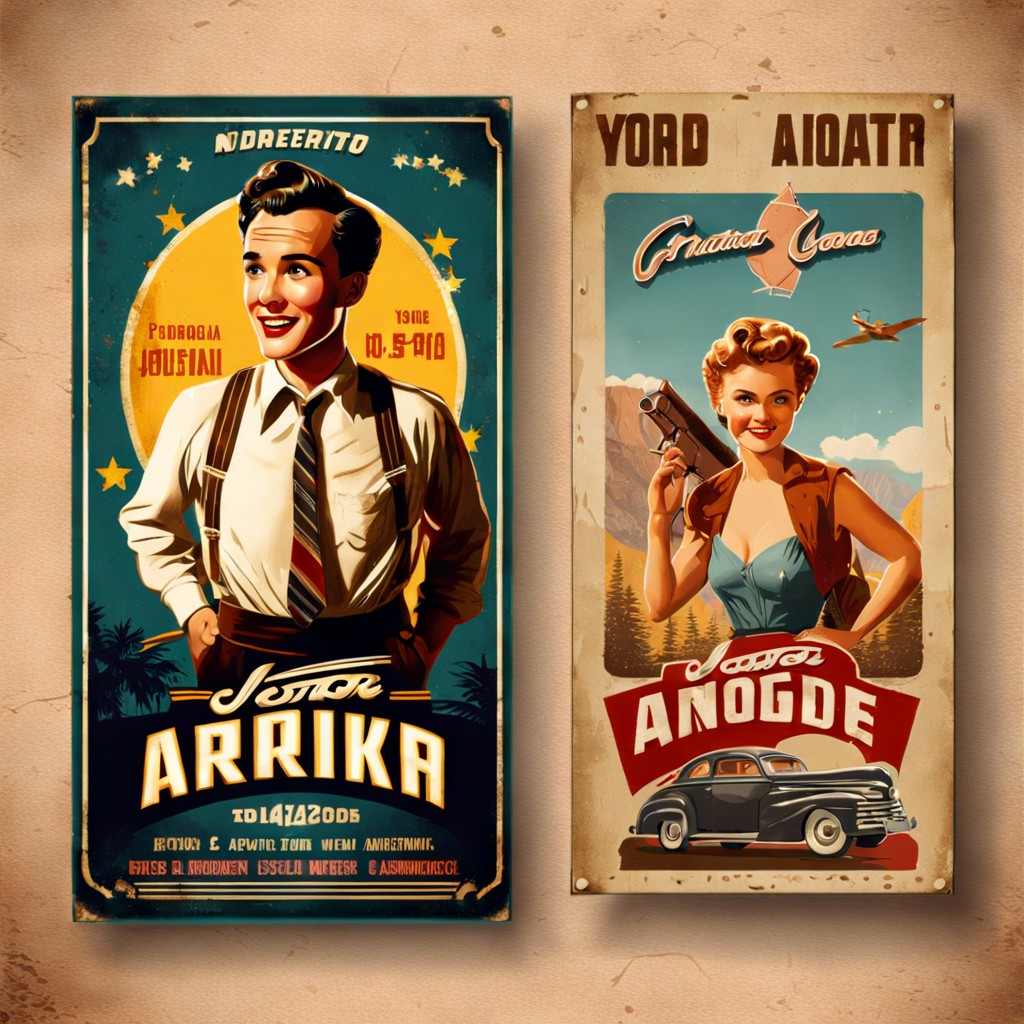
Distinguishing between an original and a reproduction is vital for collectors and enthusiasts. Originals are those that were printed and distributed by the movie studios to promote a film’s release. They’re the real McCoy, often printed in limited numbers and available around the time of a film’s initial screening.
Reproductions, however, are like echoes of the past, recreated to mimic the aesthetic of the original. These can range from high-quality reissues to shoddy knock-offs, with varying fidelity to the source material.
To spot the genuine article, one must become a detective of sorts. Pay close attention to the paper quality, printing technique, and any wear that matches the poster’s purported age. Studios of yore often used specific lithography methods and paper stock that can be a telltale sign of the period when the movie was released.
Look for markings – original posters typically feature certain tells. These can include the NSS (National Screen Service) number, studio logos, or even censorship stamps, depending on the era.
Size also matters. Prior to the 1980s, US posters usually measured 27×41 inches, while reprints might not follow these exact dimensions.
Talking turkey, buying an original might cost you a pretty penny. Reproductions provide a budget-friendly alternative for those who crave vintage charm without the hefty price tag. But remember, while reprints can jazz up your walls, they generally don’t carry the same financial or historical value as originals.
Pillars of Value: Rarity, Artist, and Film Popularity
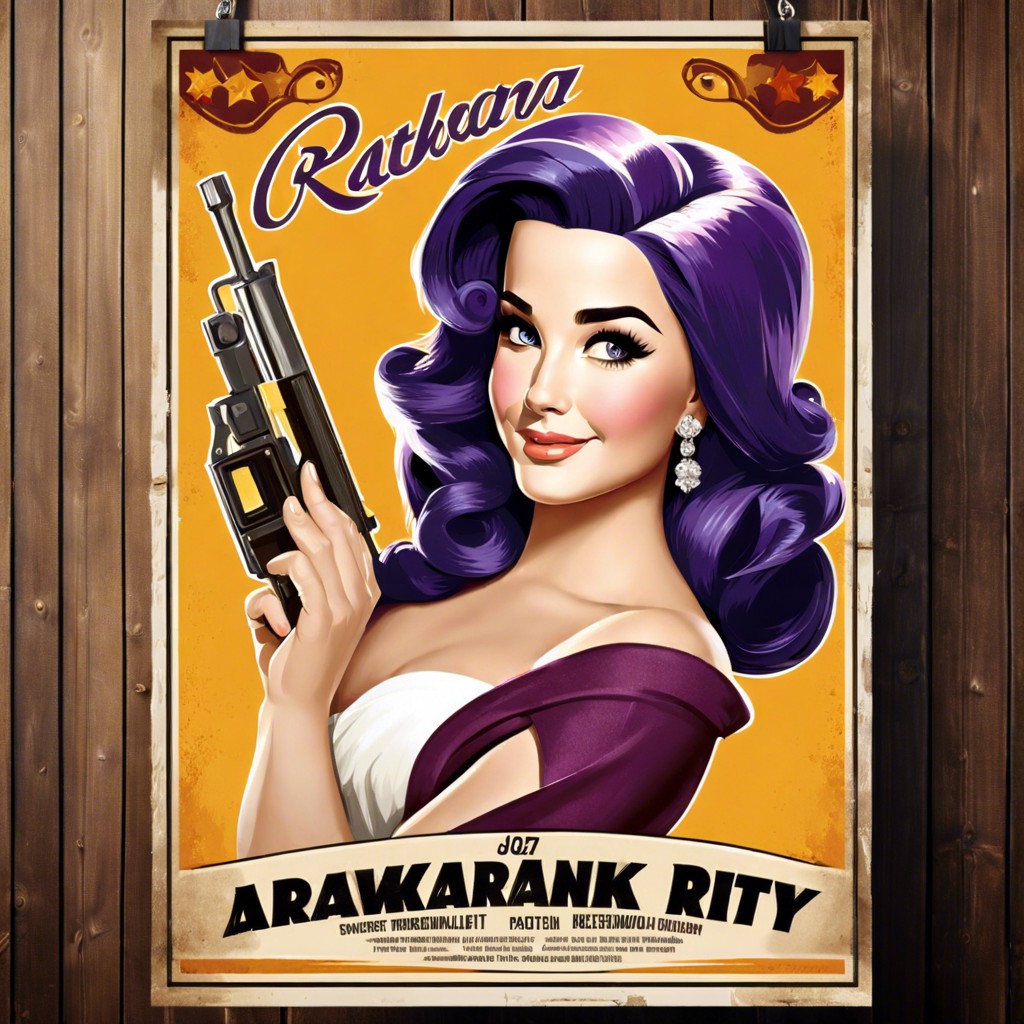
A confluence of factors establishes the value of a vintage movie poster. Rarity often takes the lead; a limited print run or a poster that survived when most didn’t can fetch a premium. Supply and demand create a dance that collectors keenly observe. A poster might be the only one of its kind known to exist, or it could be one of a handful – either way, its scarcity is its currency.
The artist’s acclaim follows closely. A name like Saul Bass, with his distinctive, modernist style, carries weight. Some posters are celebrated as much for the artist’s signature style as for the film they advertise. The artist’s status can elevate a poster from mere advertising to collectible art.
Lastly, the film’s own popularity plays a pivotal role. Blockbusters or cult classics command attention. The cultural impact of the movie can imbue its associated memorabilia with an aura of nostalgia. Timeless movies like “Casablanca” or “The Godfather” continue to resonate, and their posters capture a piece of that immortality.
Spotlight On Iconic Vintage Movie Posters
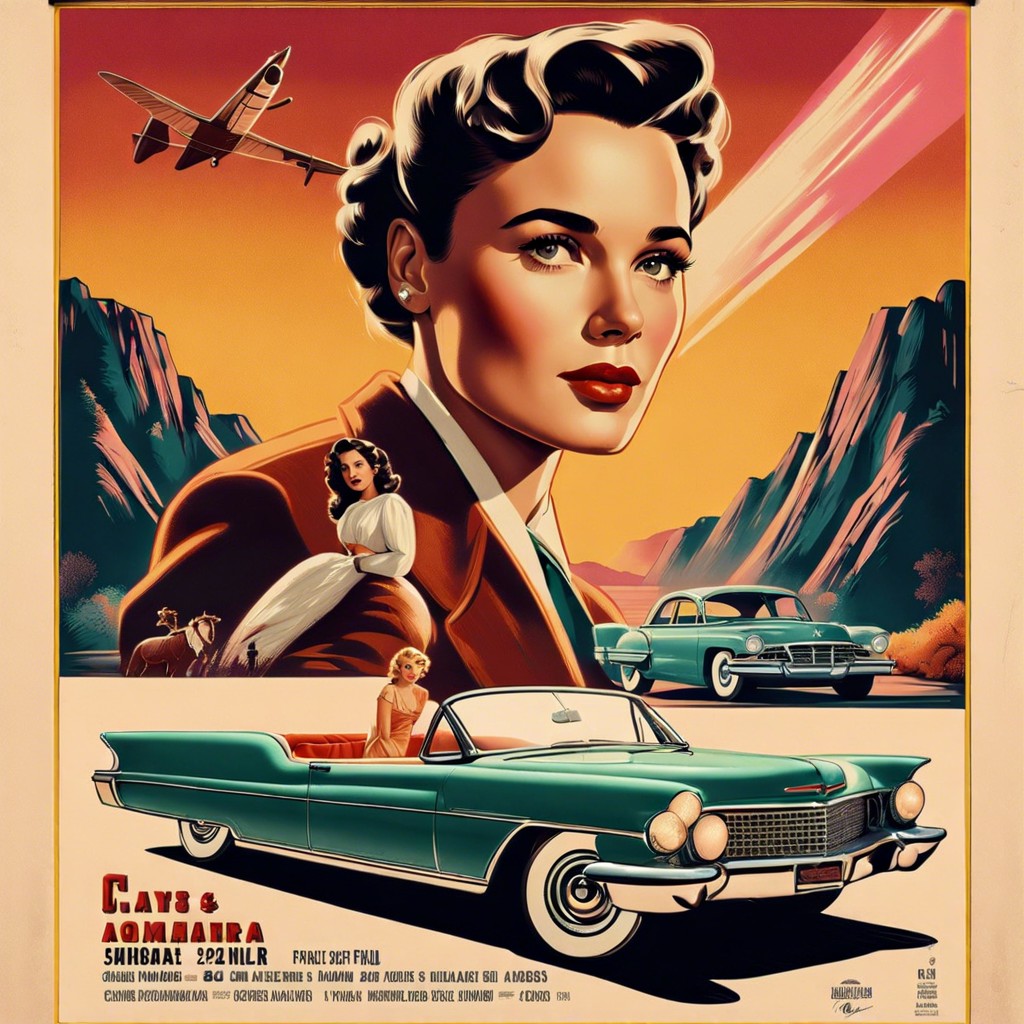
Casablanca’s arresting artwork captures romance and intrigue, making it a must-have for collectors. Its enduring allure lies not just in the film’s fame but also in the poster’s striking visuals and historic wartime context.
Metropolis posters are scarce and command astronomical figures at auction, reflecting the film’s groundbreaking status in cinematic history. The expressionist style captures the spectacle of Fritz Lang’s vision and carries a piece of film innovation.
The vivid colors and dynamic composition of original King Kong posters have gripped collectors’ imaginations for generations. Their rarity only adds to their cachet, evoking the Golden Age of Hollywood with a single glance.
Breakfast at Tiffany’s introduced audiences to Audrey Hepburn’s timeless elegance. Posters featuring her portrait embody the film’s chic and the era’s fashions, making them perennial favorites.
Star Wars posters sparked a merchandising revolution, much like the saga did for science fiction. The iconic design, featuring characters in epic tableaus, helped to redefine modern movie marketing and remains a cultural touchstone.
These pieces live on as more than artifacts; they are windows into eras bygone and indicators of films that shaped the silver screen. Each carries stories, both of the film it represents and of the societal pulse at the time of its creation.

